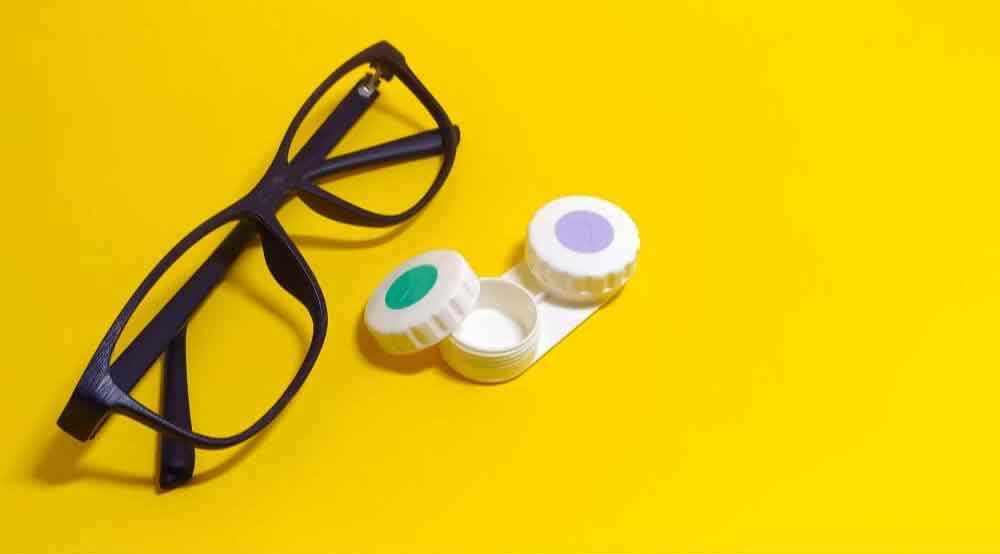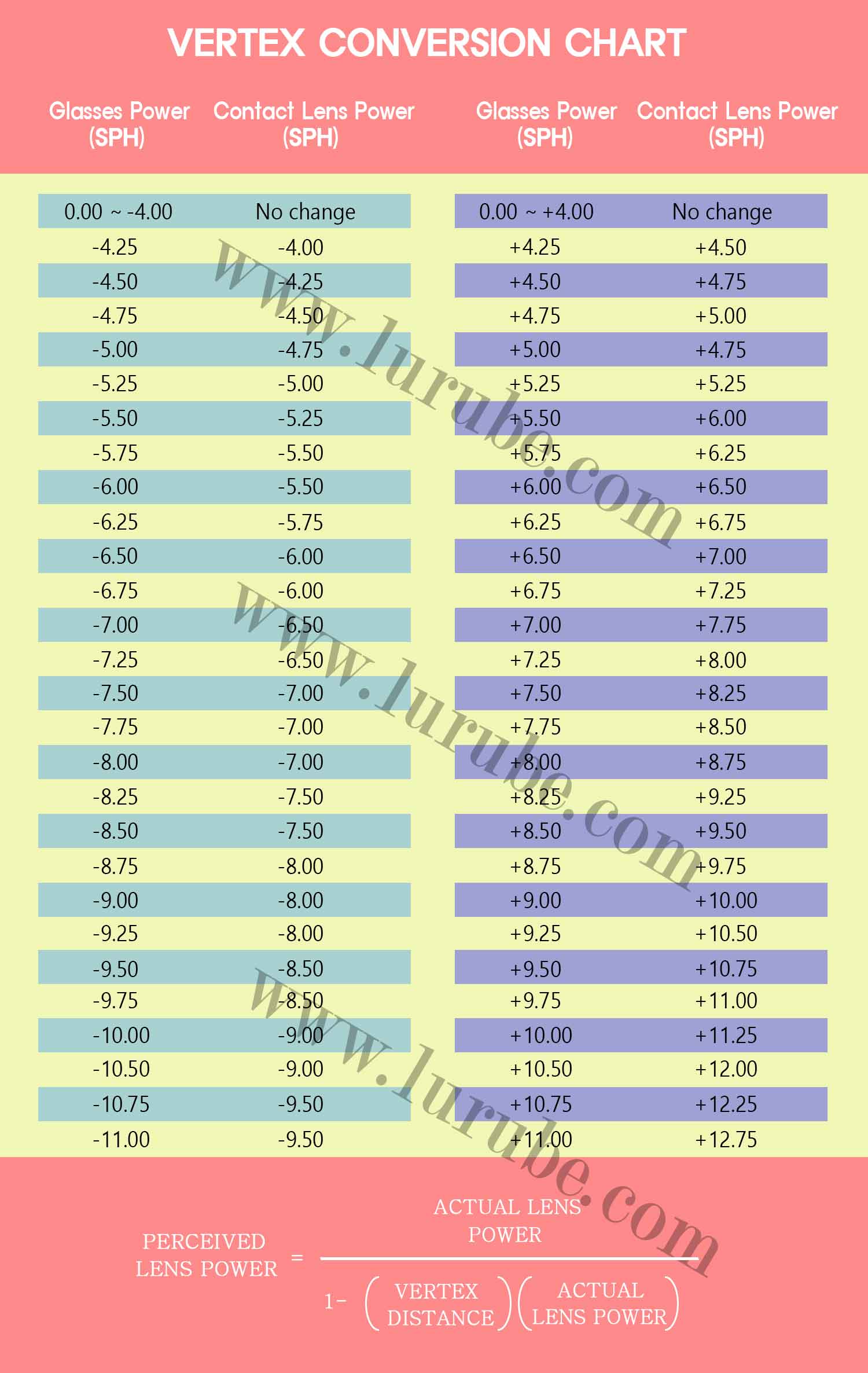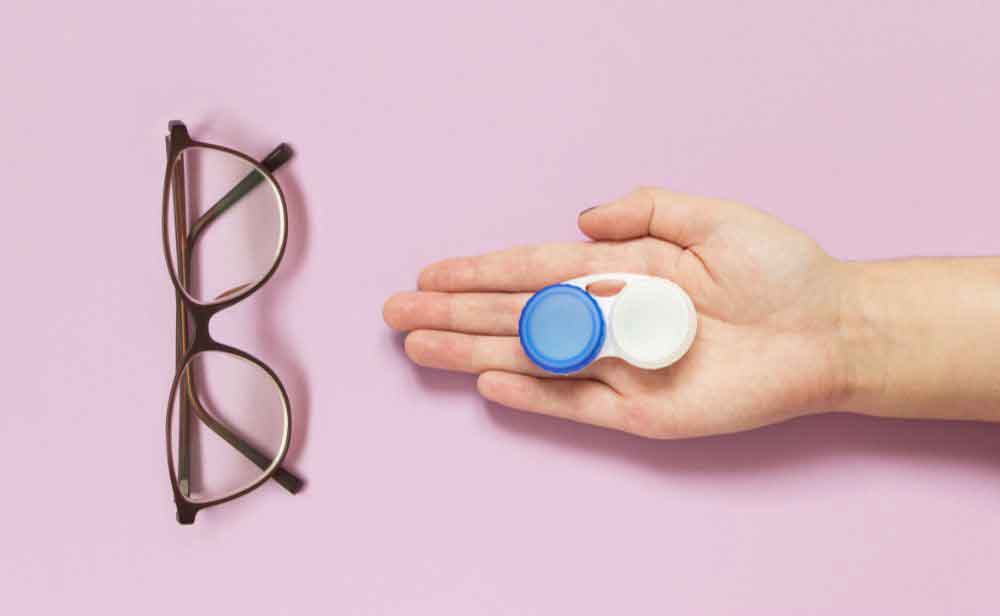How To Translate Eyeglass Prescription To Contact Lenses
Posted by Lurube on on 17th Mar 2023

Is it possible to turn an eyeglasses prescription into a contact lens prescription? Not directly, but you can use a vertex conversion formula to make a close approximation.
Explore the key differences between these two types of vision correction and learn how to determine the appropriate contact lens prescription for different refractive errors.
Do Eyeglasses and Contact Lens Prescriptions Differ?
Eyeglass and contact lens prescriptions may appear similar, but there are numerous distinctions between them that can affect visual acuity based on your refractive error. It is crucial to understand that eyeglasses sit about 1 cm from your eyes, while contact lenses are positioned directly on your eyes. The lens's perceived power is influenced by its distance from your eye.


How to transform an eyeglasses prescription into contacts - vertex conversion chart What If I Use The Same Prescription?
During an eye test for glasses, lenses are placed around 12-13 mm from the eyes to replicate the distance between your glasses and your eyes. Increasing the vertex distance (the space between your eyes and the lenses) adds more positive power, while reducing the vertex distance adds more negative power. Because contact lenses are directly on your eyes, there is no vertex distance, which results in additional negative power.
As a result, contact lens prescriptions must be adjusted; otherwise, nearsighted individuals might receive contacts that are too powerful, and farsighted individuals may receive lenses that are insufficiently strong. This could lead to discomfort, blurred vision, and eye strain, which should be avoided at all costs.

Eyeglasses And Contact Lens Differences

A noticeable difference between an eyeglass prescription and a contact lens prescription is the cylinder and axis values on an eyeglass prescription, which are typically absent from a contact lens prescription (unless you require toric or multifocal lenses).
Moreover, contact lenses necessitate specific measurements not found in an eyeglass prescription since they must be customized to fit your eye. One such measurement is the base curve or lens curvature, which is determined by your eye's shape. The diameter or size of the lens, which must also be tailored to your eye, is another essential specification.
Contact Lenses Vertex Conversion Chart
Opticians use vertex conversion charts to expedite calculations and eye tests. These charts contain numerous values for different lens powers. If you are nearsighted, your prescription will have a negative or minus (-) sign, while if you are farsighted, your prescription will have a positive or plus (+) sign.


How to translate an eyeglasses prescription into contacts - vertex conversion chart
Utilizing Vertex Conversion Charts
Using a vertex conversion chart is straightforward. You just need to understand the columns' meanings. The 'glasses lens power' column represents the power of your current eyeglasses prescription. If this number is negative, you will be converted to the number on the left side of this column. If the number is positive, your converted value will be on the right side.
It's crucial to note that most vertex conversion charts begin with eyeglass prescriptions of +/-4.00D. Lower lens powers are often excluded because the converted power does not differ significantly from the original. If the vertex distance conversion formula yields a difference of less than 0.25, it won't substantially impact visual acuity. In other words, if your prescription falls within this range, you can use the same power as your eyeglasses prescription. The only exception is astigmatism, which requires additional measurements to account for corneal shape differences.
Obtaining Prescription Contact Lenses
Now that you understand how to obtain a contact lens prescription using a vertex conversion chart, you can confidently browse a wide array of contact lenses. Choose from clear lenses that showcase your natural eye color or explore a variety of prescription colored contacts for a different look. Browse our impressive selection and find your perfect pair today.